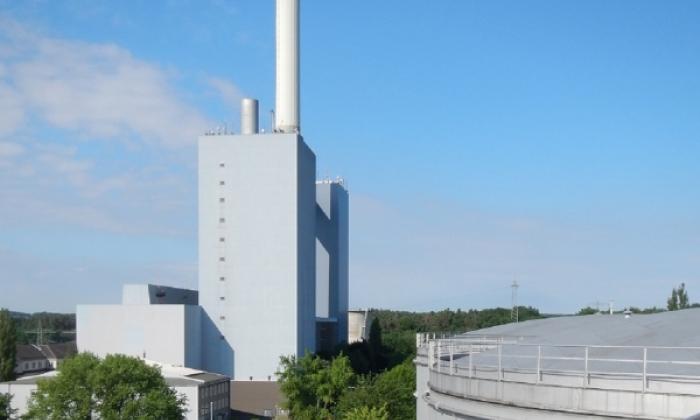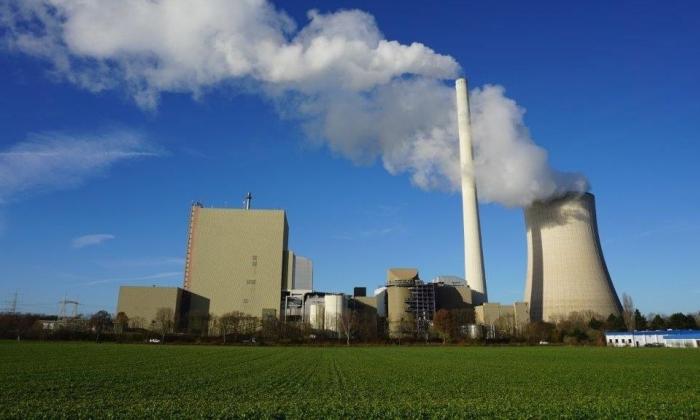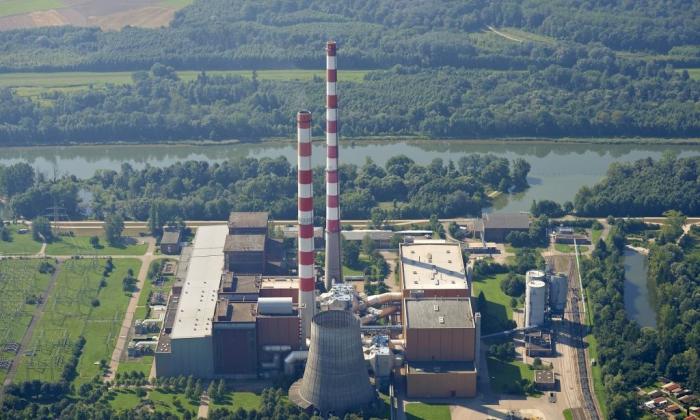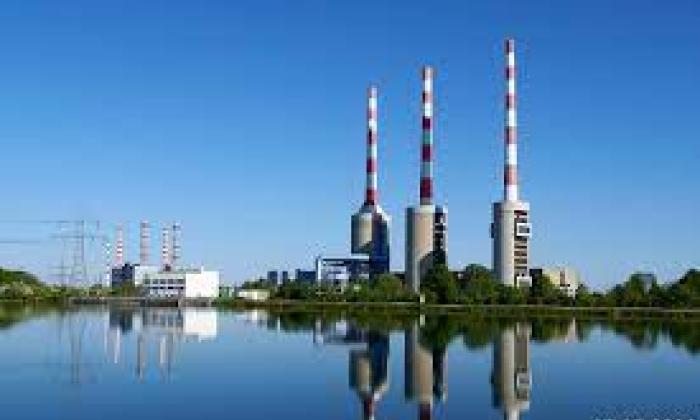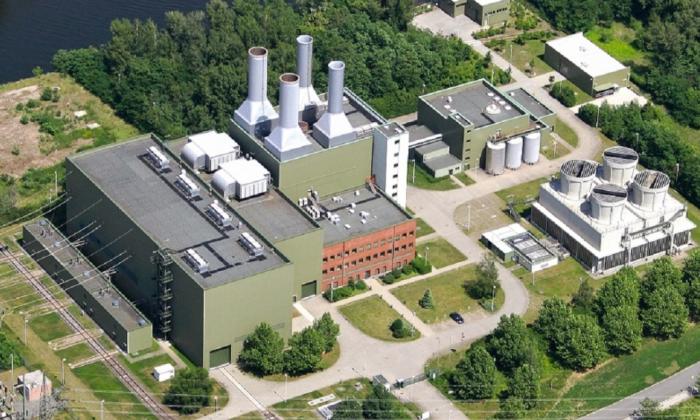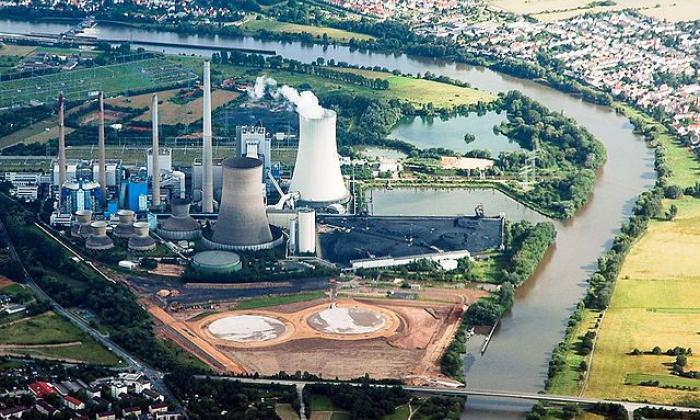Location with tradition is positioning itself for the future
Gelsenkirchen-Scholven has been an important industrial centre for the state of North Rhine-Westphalia for over 100 years. The Scholven colliery was sunk in 1908. This also marked the birth of the Scholven power station. Initially, the power station only produced electricity to supply the colliery. Over time, however, more and more industrial consumers were added, so that by the mid-1960s, Scholven had become the largest coal-fired power station in Germany and one of the largest in Europe. The heart of the Ruhr region has always beaten here.
The aim is to transform the power plant site into a modern energy and technology centre. The basis for this is the termination of power generation from coal and the new combined heat and power (CHP) plant. However, switching from coal to gas is only the first step on the site's path to transformation. Further possible options include the conversion of the new CHP plant to H2-ready and new H2-ready power plants at the site. H2-ready means that these power plants can also be operated with hydrogen in the future (project developments are underway).
Another step is an ammonia cracker - in an ammonia cracker, ammonia is catalytically broken down into its components hydrogen and nitrogen at high temperature to then produce pure hydrogen in a purification process.
This demonstration plant, with a capacity of 28 tons of ammonia per day, is under construction and is scheduled to be commissioned by the end of 2026.
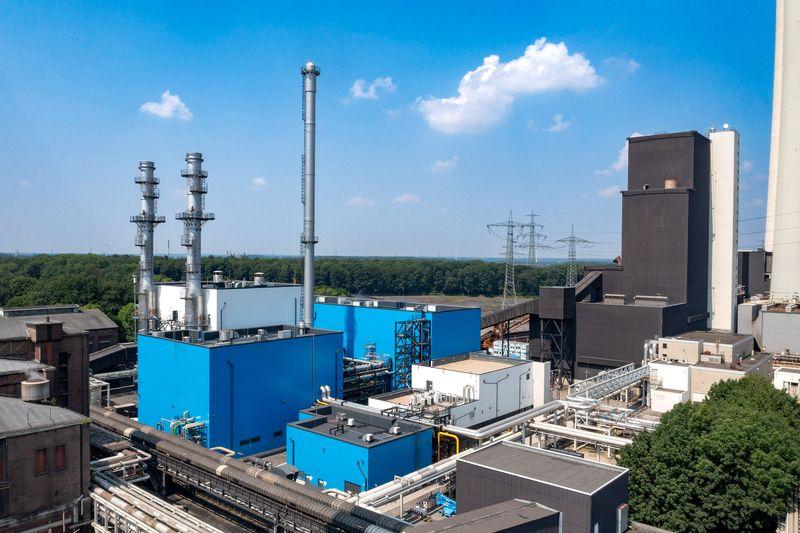
Phasing out coal while maintaining security of supply
Uniper is pursuing the gradual phase-out of coal-fired energy while at the same time maintaining security of supply. In addition to the CCGT plant, two coal-fired power plant units (Scholven B and C) are therefore still running in Scholven as system-relevant units. These are requested by the transmission system operator Amprion to stabilize the grid if necessary. In order to prepare the site for future-oriented projects, it is also necessary to dismantle existing plants to create free space. The dismantling of Block F began at the start of April 2024.
Facts
Buer CHP |
Scholven B and C (System Relevance) |
|
|---|---|---|
Location |
Gelsenkirchen (Northrhine-Westphalia) |
Gelsenkirchen (Northrhine-Westphalia) |
Commissioned |
2024 |
1968 and 1969 |
Electrical net output |
140 MW |
345 MW each Stone Coal |
Fuel |
Natural Gas |
Stone Coal |
Scholven 1: The future begins now!
The Energy Transformation Hub Rhein Ruhr is an important step towards a climate-friendly energy supply and contributes to security of supply and sustainability.
Powering the Ruhr region with efficient and low-carbon energy
The new combined heat and power (CHP) plant Scholven 1 forms the basis for the coal phase-out at the Scholven site. The plant with a capacity of 140 MWel and 3x100 t/h live steam with a pressure of 50 bar and a live steam temperature of 400°C consists of two gas turbines, a back pressure steam turbine, two heat recovery steam generators and a gas-fired steam boiler. Up to 170 MWth can be generated for the extraction of district heating.
The CHP plant produces district heating, industrial steam, electricity and supplies customers in the region via the connected heat and electricity grids. The efficient combined heat and power (CHP) plant has a fuel utilisation rate of up to 91%.
The supply via the CHP plant not only massively reduces CO2 emissions and other pollutant emissions, it also significantly reduces noise pollution, as the natural gas is delivered quietly through underground pipelines. The new Scholven 1 CHP plant, together with its ancillary plants in Gladbeck-Zweckel, Recklinghausen and Westerholt, will reliably supply the region with electricity, process steam and district heating and, as the cornerstone of the transformation, will form the backbone of supply at the site in future.
The switch from coal to gas is only the first step on the site's path to transformation. Hydrogen will play a key role in the energy world of the 21st century. This is because it is regarded as the ideal storage medium for large quantities of energy and can be stored almost indefinitely in gas form. The Scholven site with its planned connection to the hydrogen pipeline node creates good conditions for economical and low-CO2 hydrogen energy production. An ideal starting position for transforming the site into an energy transformation hub in the future.
In the Energy Transformation Hub Rhine Ruhr Uniper is bundling its future projects, particularly for the Ruhr metropolitan supply area, with the aim of establishing a hydrogen infrastructure.
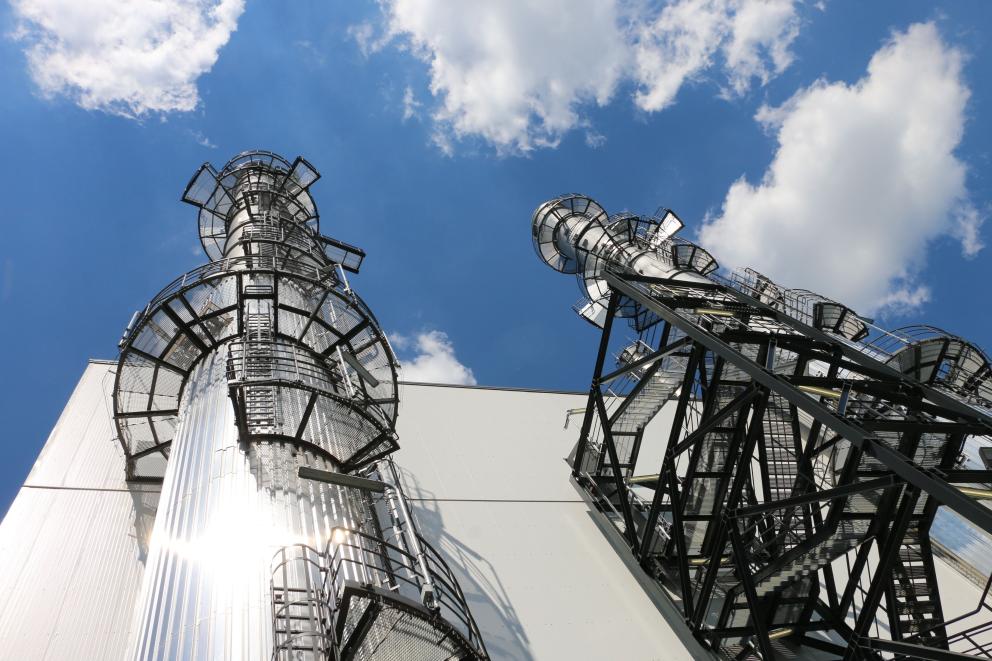
Documents
Contact
Scholven
Lorry traffic without exemption
Only via the East Gate and only from 07:30 h until 13:00 h.
Address: Feldhauser Straße 150, 45896 Gelsenkirchen
Satnav-Coordinates: 51.604595 N 7.008686 E
